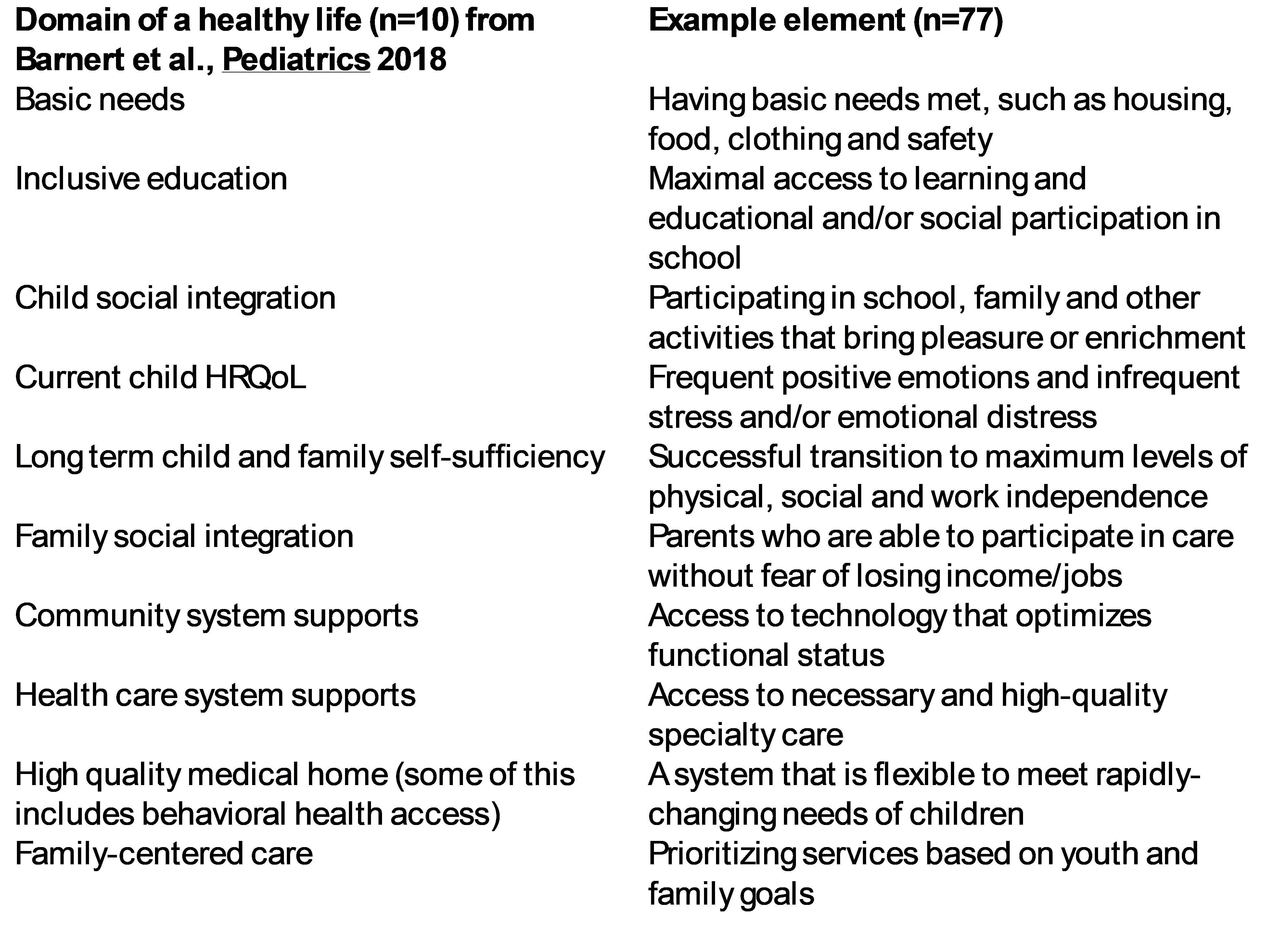Children with Chronic Conditions 4
Session: Children with Chronic Conditions 4
483 - Where are the Gaps in Current Quality of Life Measurement in Measuring a Healthy Life for Children with Medical Complexity?
Monday, April 28, 2025
7:00am - 9:15am HST
Publication Number: 483.7072
Christopher Stille, University of Colorado School of Medicine, Aurora, CO, United States; Stefanie G. Ames, University of Utah School of Medicine, Salt Lake City, UT, United States; Hannah Friedman, University of Colorado School of Medicine, Aurora, CO, United States; Steph Lomangino, Family Voices, Bloomfield, CT, United States; Bethlyn Houlihan, Center for Innovation in Social Work & Health, BUSSW, Boston, MA, United States; Kirk Bjella, University of Utah School of Medicine, Salt Lake City, UT, United States; Isabel K. Taylor, University of Utah School of Medicine, Salt Lake City, UT, United States; Margaret Comeau, Boston University School of Social Work, Milton, DE, United States
- CS
Christopher Stille, MD, MPH (he/him/his)
Professor and Section Head, General Academic Pediatrics
University of Colorado School of Medicine
Aurora, Colorado, United States
Presenting Author(s)
Background: Domains and elements of a healthy life for children with medical complexity (CMC) have been determined by multiple stakeholders through group concept mapping. It is not known how well these domains and elements are reflected in existing quality of life (QoL) measures. Moreover, families of CMC report that existing QoL measures do not reflect true QoL well for their children. Measuring QoL accurately in CMC is important for design and evaluation of health system interventions.
Objective: To describe which domains and elements of a healthy life for CMC are best represented by existing QoL and related measures.
Design/Methods: Barnert et al. (Pediatrics, 2018) described 10 domains and 77 embedded elements of a healthy life for CMC through multistakeholder group concept mapping [Table 1]. We collected QoL measures developed and/or validated in CYSHCN through a scoping review, and added related measures from the “gray literature” and known measure compendia. All measures were patient or parent surveys. Within 33 surveys obtainable through published literature, online sources and author contact, each item (n=989) was mapped against the 10 domains and 77 elements. Mapping was done by two reviewers, with disagreements reconciled through discussion. Survey items could map to multiple elements. Fit was described as “complete” (item described the element exactly), “partial” (item described the element but required some revision), or none.
Results: QoL surveys covered elements from all 10 domains. 8 domains were covered by items in 3 or more surveys, with the Health Related QoL (HrQOL) domain covered by all 33 surveys, but Family-Centered Medical Home and Health Care System Supports domains covered by just 2 each. 28 of 77 elements within domains were not covered. The HrQoL domain was the only one with all 12 of its elements covered; the Family-Centered Care and Health Care Systems and Supports domains had a majority of their elements uncovered [Table 2]. Of the 49 elements that were covered, most (28) were covered only partially.
Conclusion(s): Despite many existing QoL surveys, only HrQoL is described widely, leaving many elements of a healthy life for CMC unmeasured, especially those related to health systems. Of those elements that are described, most are described only partially. Future, consensus-driven work to prioritize and fill gaps in QoL measurement should focus more broadly on elements felt to be important by families.
10 Domains of a healthy life for CMC and a sample element for each domain.

Proportion of elements within each domain covered by existing QoL measures.


